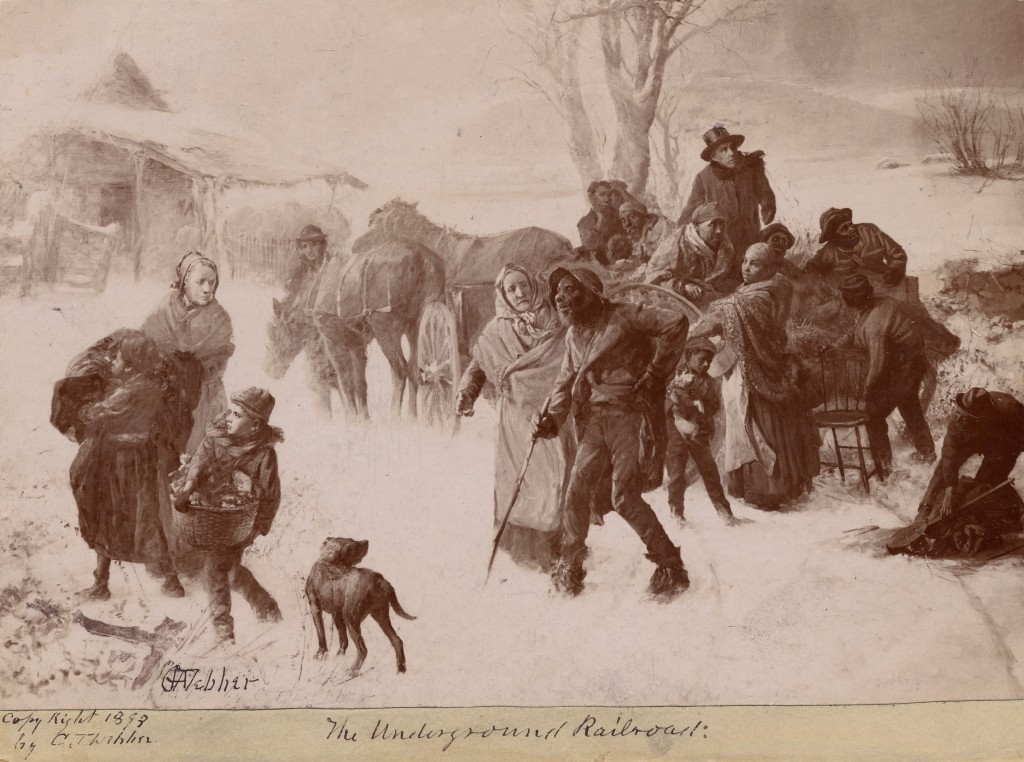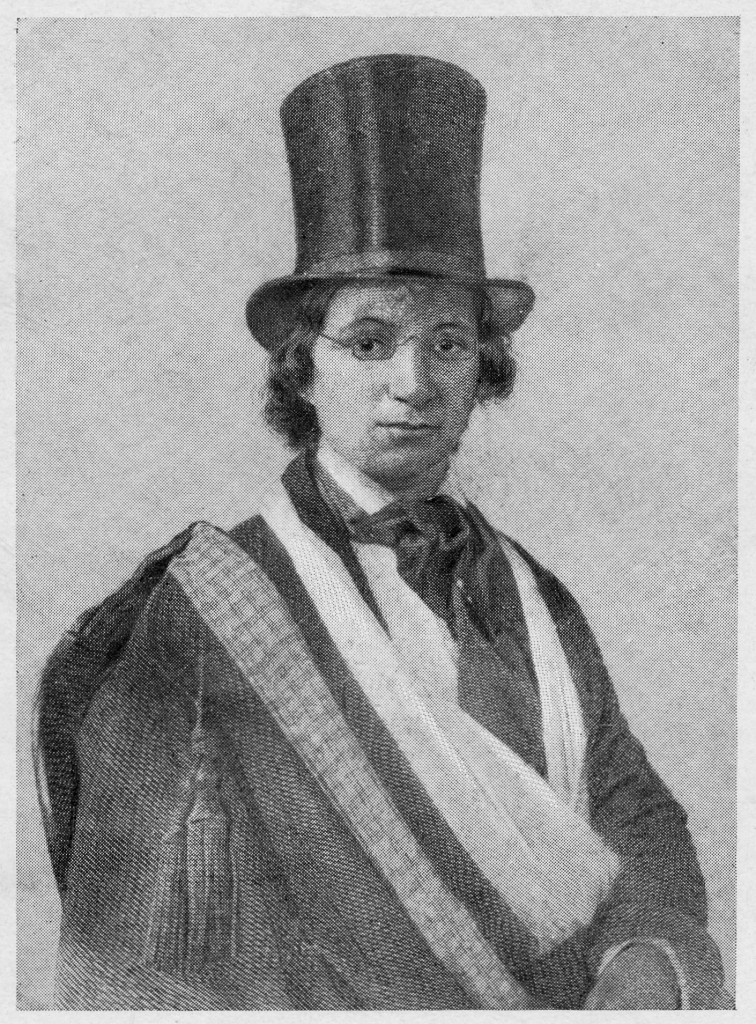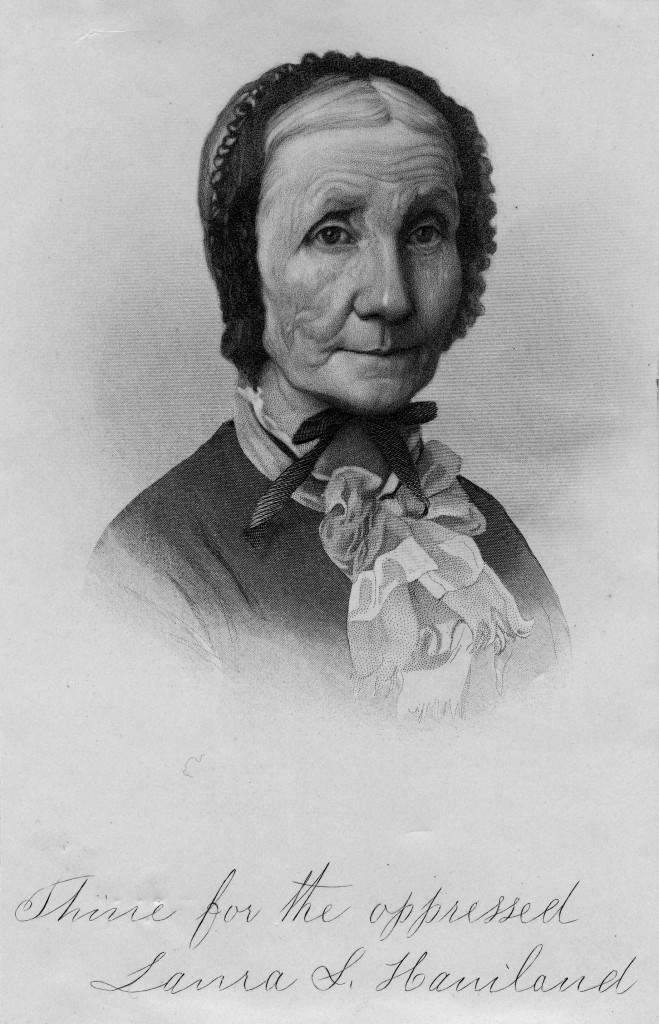From the Siebert Collection: Women of the Underground Railroad

One of the numerous strengths of the Siebert Collection (open to the public for free through the end of February in honor of Black History Month) is its representation of the many women involved in the Underground Railroad, who have too often been relegated to the sidelines of history for the important work they did in the anti-slavery movement.

In addition to direct correspondence with women who either served as operators themselves, or were related to station operators, Siebert gathered historical photographs and accounts of individual women who were heavily involved in ferrying fugitive slaves to freedom over the decades prior to the Civil War. Some of these names are familiar–others, less so. We’d like to use this post to highlight some of the women whose incredible stories can be found in the Siebert Collection, and recognize them a century and a half later for their heroism.
Seen at left is Ellen Craft, notable not as an operator on the Underground Railroad, but rather as a slave who made a daring and successful escape with her husband, William. Craft was born in Georgia in 1826 and was fathered by her mother’s white master. Her light skin allowed her to pull of the costume of a white male, while her husband William posed as a personal servant as they made their way north by train and by boat. Their 1848 escape made waves in the abolitionist community, and the couple traveled widely sharing their story with the public. In 1860, the Crafts published Running a Thousand Miles to Freedom, an autobiography of their life together with a detailed description of their risky escape.

A lesser-known operator on the Underground Railroad was Laura S. Haviland, who worked in Ohio and neighboring states securing freedom for fugitives from slavery. Like some of the others we’ve seen, she eventually wrote an autobiography in 1881 entitled A Woman’s Life-Work: Labors and Experiences of Laura S. Haviland. The book outlines her many anti-slavery experiences on what she refers to as the “Underground Railway” over the course of several chapters, while the final two sections address present conditions and future prospects for former slaves, or freedmen. Ever a passionate anti-slavery advocate, she penned the following in an 1893 letter to Siebert:
In looking at the cracked Liberty bell, I told the lookers on, “It was no wonder it refused to proclaim that God defying lie any longer, while millions of men women & children were bought & sold like pigs & sheep, as personal property!
More information on this inspirational figure can be found in the Siebert Collection, including her obituaries and other letters written during her correspondence with Siebert.
The many courageous women in the Siebert Collection are too numerous to explore here, but we invite you to take a look at the collection for yourself. Some fascinating materials include
- the biography of Lucy Gilmore Cowles, a station agent outside Zanesville, Ohio
- a letter from Elizabeth B. Chace encouraging Siebert to track down an old woman named Harriet Tubman who “used to be called Moses 
because of her leading so many people out of bondage”
- a history of Betsy Mix Cowles, another noted Ohio abolitionist
We hope you’ll visit the Siebert Collection to find out more about these important participants in the Underground Railroad and anti-slavery movements!
Thanks to Lily Birkhimer, Digital Projects Coordinator at the Ohio History Connection, for this week’s post!



Leave a Reply
You must be logged in to post a comment.